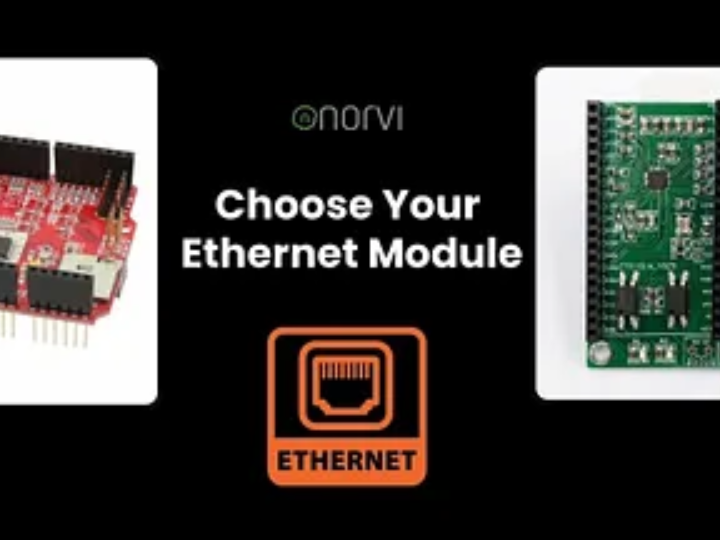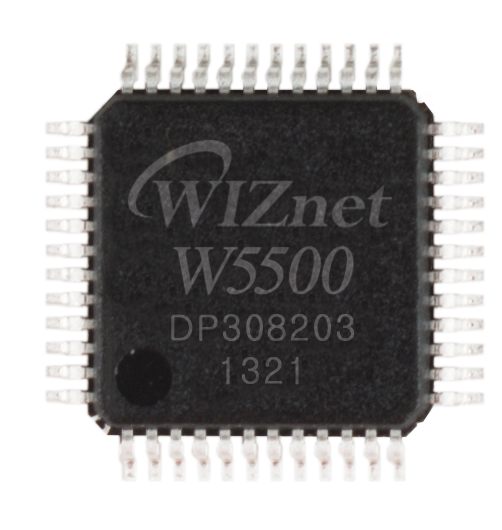W5500 VS ESP32 Internal MAC PHY Chip
Comparison: Ethernet on ESP32 with W5500 or ESP32 Internal MAC with external PHY Chip

W5500 Ethernet Module
Features:
- Integrated MAC, PHY, and TCP/IP Stack: The W5500 includes a complete Ethernet solution with MAC (Media Access Control), PHY (Physical Layer), and its own TCP/IP stack.
- SPI Interface: Communicates with the ESP32 via SPI, which simplifies integration with most microcontrollers that support SPI.
- Reduced Load on ESP32: The W5500 handles all the TCP/IP stack processing, which significantly reduces the load on the ESP32. The ESP32 mainly handles the SPI communication.
- Compatibility: Can be used with a wide range of microcontrollers beyond the ESP32, provided they have enough pins for SPI.
Pros:
- Ease of Use: Simplifies adding Ethernet functionality to your project.
- Offloads Processing: Reduces the computational burden on the ESP32 by offloading network stack processing.But with the processing power on ESP32, this haven’t practically created issues.
- Broad Compatibility: Works with many microcontrollers.
Cons:
- SPI Bottleneck: The SPI bus can become a bottleneck, limiting the data transfer rates, especially at higher network speeds.
- Cost: Generally more expensive than just using a PHY chip.
LAN8720 PHY Chip

Features:
- PHY Only: The LAN8720 is a PHY chip that connects to the internal MAC of the ESP32. The ESP32 handles the TCP/IP stack.
- RMII Interface: Uses Reduced Media Independent Interface (RMII) to connect to the ESP32, which requires more pins than SPI.
- Lower Cost: Generally cheaper than a complete Ethernet module like the W5500.
Pros:
- Cost-Effective: Cheaper solution for adding Ethernet.
- Higher Throughput: Potentially higher data throughput since it uses RMII instead of SPI.
- Easy Integration : Easy integration with functions like OTA on ESP32
Cons:
- Complexity: Requires more pins and more complex software integration compared to the W5500.
- TCP/IP Stack: You need to use a third-party TCP/IP stack, which adds to the software complexity and can increase the load on the ESP32.
Comparison Summary

Choosing Between the Two
- Use W5500: If you want an easier integration, reduced load on the ESP32, and can tolerate the SPI bottleneck.
- Use LAN8720: If you want to save costs, need higher throughput, and are okay with the increased load on the ESP32 and the additional software complexity.
If you’re looking for an industrial controller with Ethernet on ESP32, visit www.norvi.lk or contact support@icd.lk for customization.
#ESP32 #Ethernet #IoT #Microcontroller #W5500 #LAN8720 #EmbeddedSystems #NetworkIntegration #TechInnovation #SPIvsRMII #Electronics #TechComparison #HardwareDesign #Networking #IoTDevelopment #NORVI

